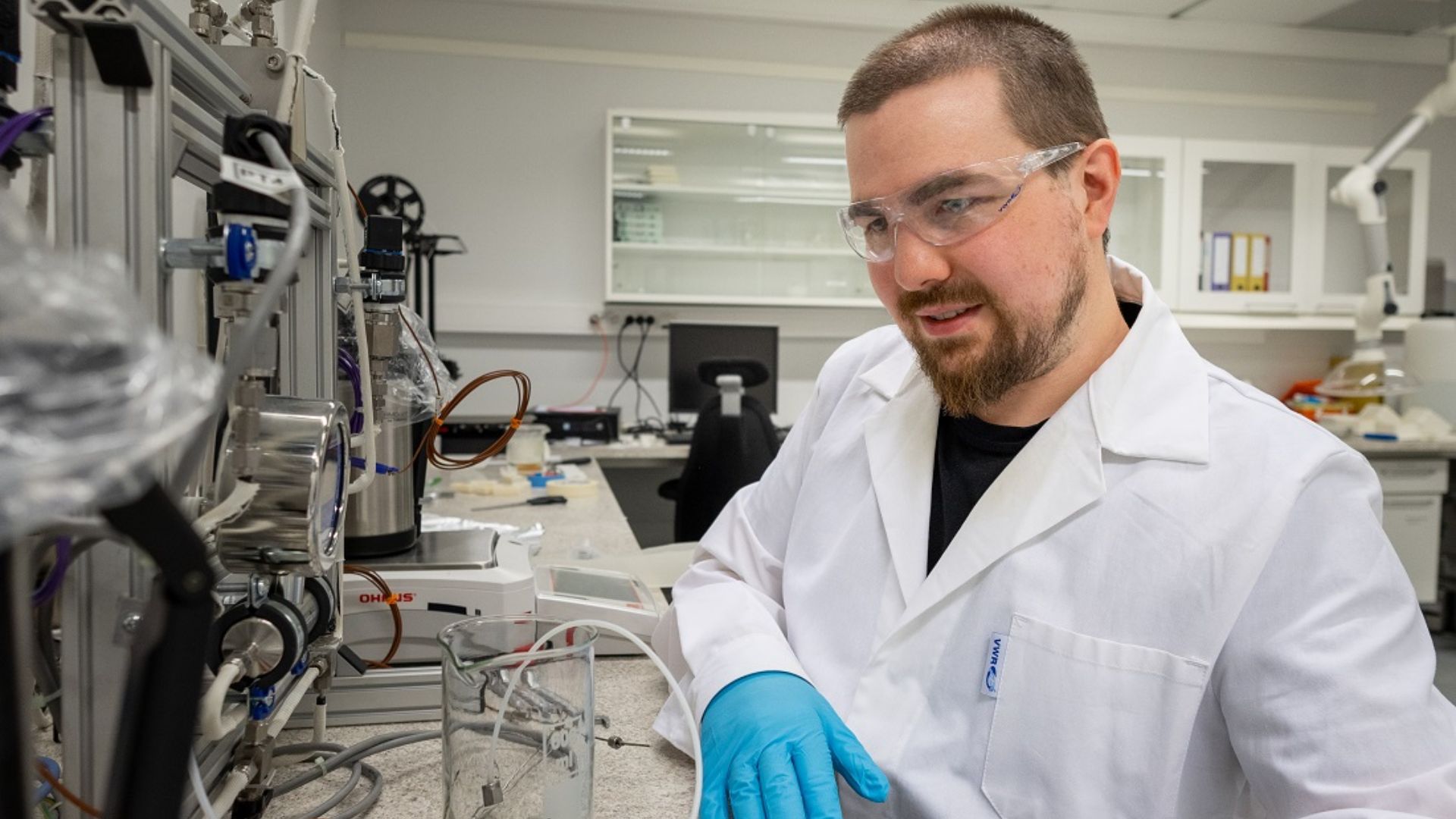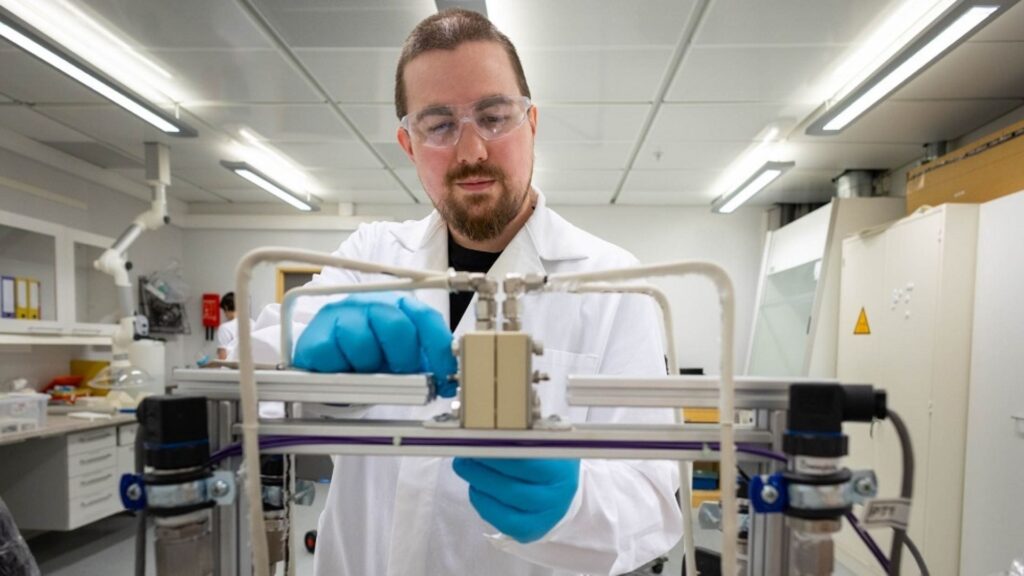A new technological approach developed by researchers at the Norwegian University of Science and Technology (NTNU) makes it possible to achieve both goals in one.
According to a press release from the university, the technology can utilize large amounts of industrial heat that would normally be wasted while also producing clean water.
Industrial heat accounts for a large share of global energy use, but after being utilized in industrial processes, the remaining heat is released into the ocean or directly into the atmosphere. It is estimated that Norway alone produces 20 TWh of waste heat every year.
That's roughly half of Norway's domestic energy needs, or roughly the amount of energy the country spends on heating its homes. Kim Christiansen, a postdoctoral researcher in the Department of Chemistry at the Norwegian National University of Technology, wondered if there was a better way to deal with this wasted heat.
Solving two problems at once
In addition to heat, there are concerns that water from industrial processes can be contaminated. “If this impure water is allowed to evaporate through tiny holes in the water-repellent membrane, the condensed water that comes out the other side is drinkable,” Christiansen said in a statement.
This method is suitable for solid impurities that do not evaporate with the water, making it useful for processes such as desalination.
The researchers propose using industrial waste heat to run the process, which could produce cleaner water on the other side of the membrane.
Christiansen has spent the past few years studying the complex effects of temperature differences as water is pumped across one side of a membrane and cooled on the other side. He developed a theory to predict the effects on the membrane and tested it in the lab.
While access to pure water may not be an issue in Norway, the technology could help other developed countries facing water supply challenges around the world.

Slow industry adoption
Like all scientific developments, this solution is based on previous research conducted in another country.
Researchers at the TNO research institute in the Netherlands are working to turn their research concept into a real-world solution. The team has developed a prototype called MemPower that can generate water and electricity simultaneously, but they need more funding to continue their work.
Since then, research has continued at NTNU, but the industries that could benefit from it have not yet warmed to the idea. Christiansen believes this is because the limitations of membrane technology in all areas remain: it does not offer a long life span when it comes to harsh industrial conditions.
Christiansen believes industry needs to realize the potential of technologies like MemPower: “There are many efforts being made internationally, both in academia and industry, to solve these challenges and commercialize this technology,” he added in the press release.
His latest work also shows that the technology can compete with other membrane-based energy production processes, which could lead to more commercial applications.
The findings were published in the journal. Desalination.
About the Editor
Ameya Pareja Ameya is a science writer based in Hyderabad, India. He's a molecular biologist at heart who put down his micropipette to write science during the pandemic, and he has no plans to go back. He loves writing about genetics, microbiology, technology, and public policy.

